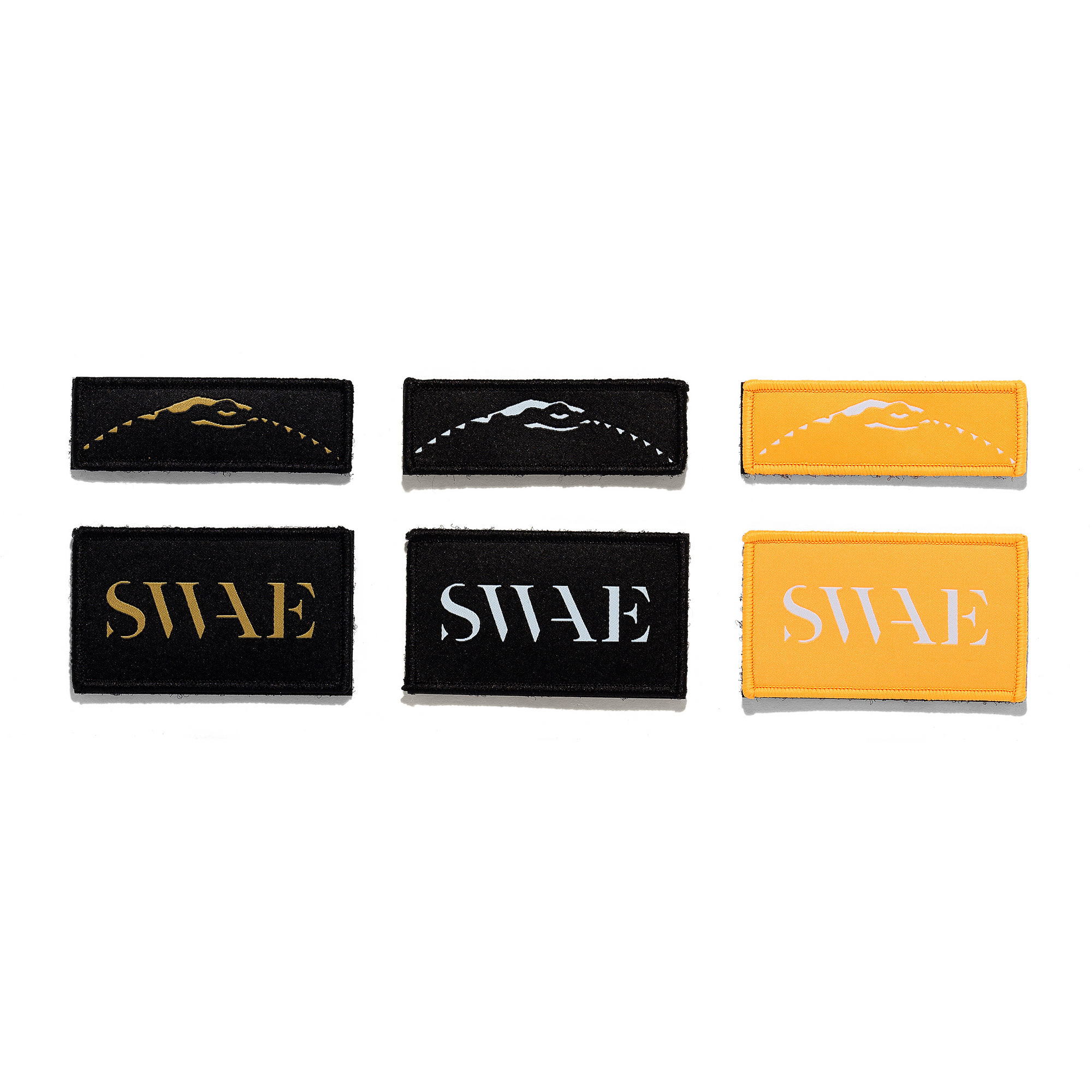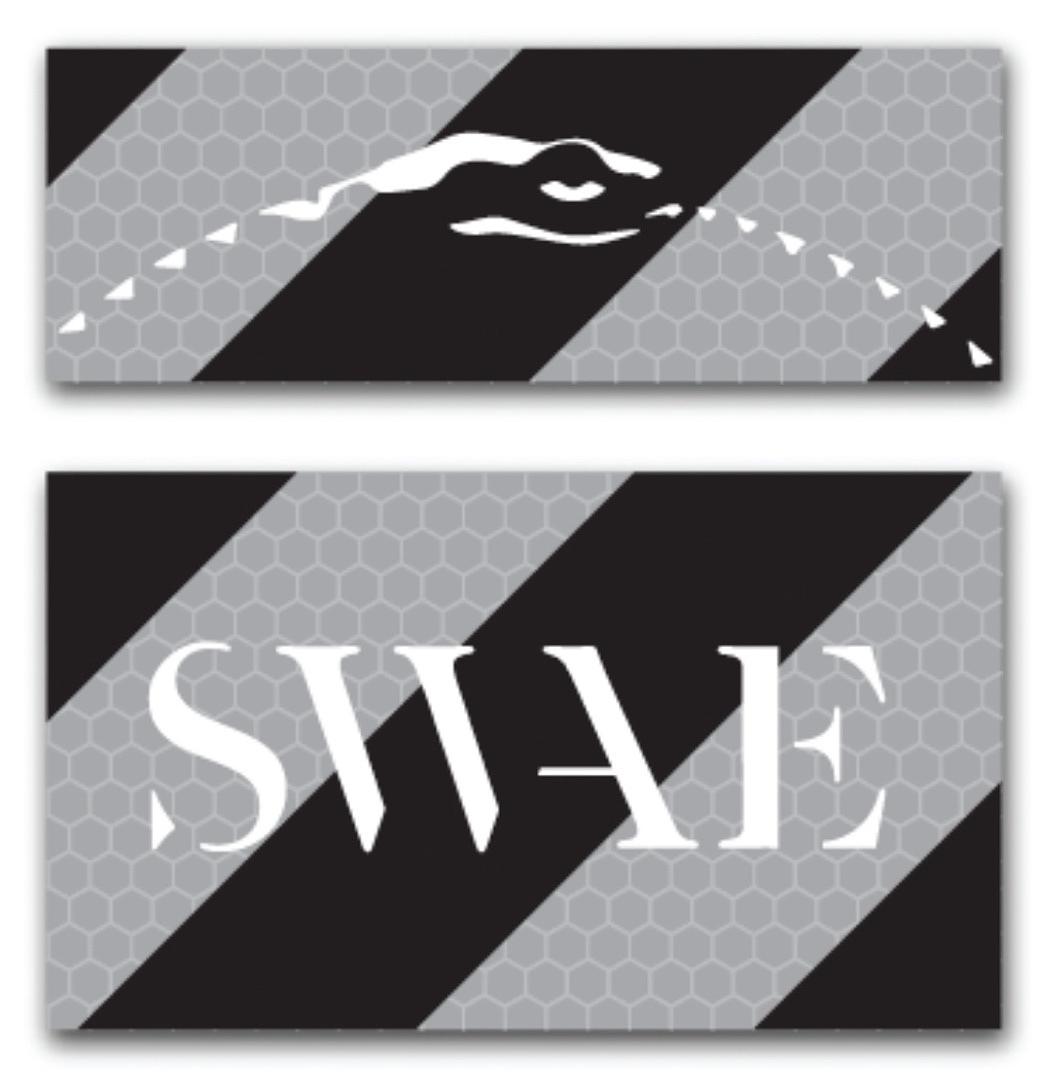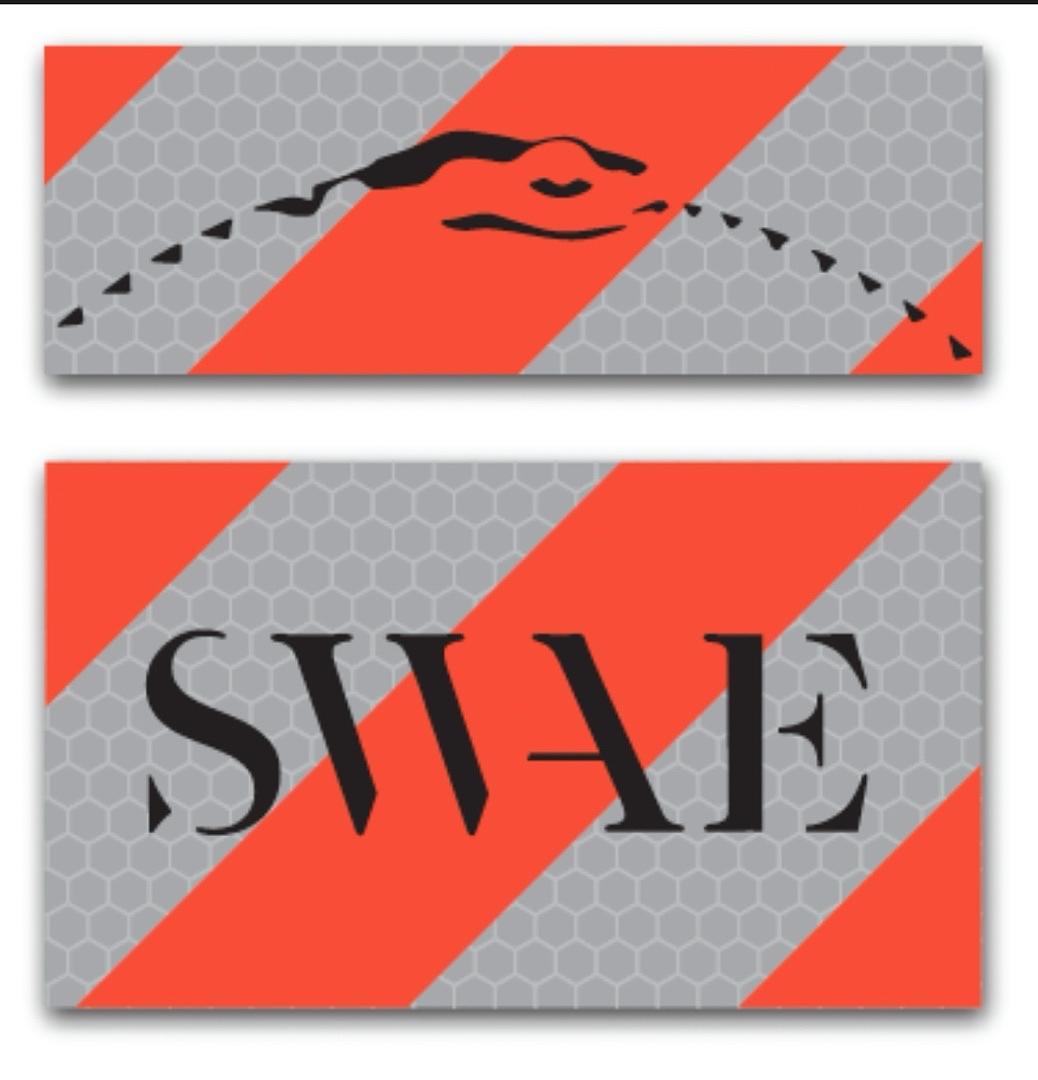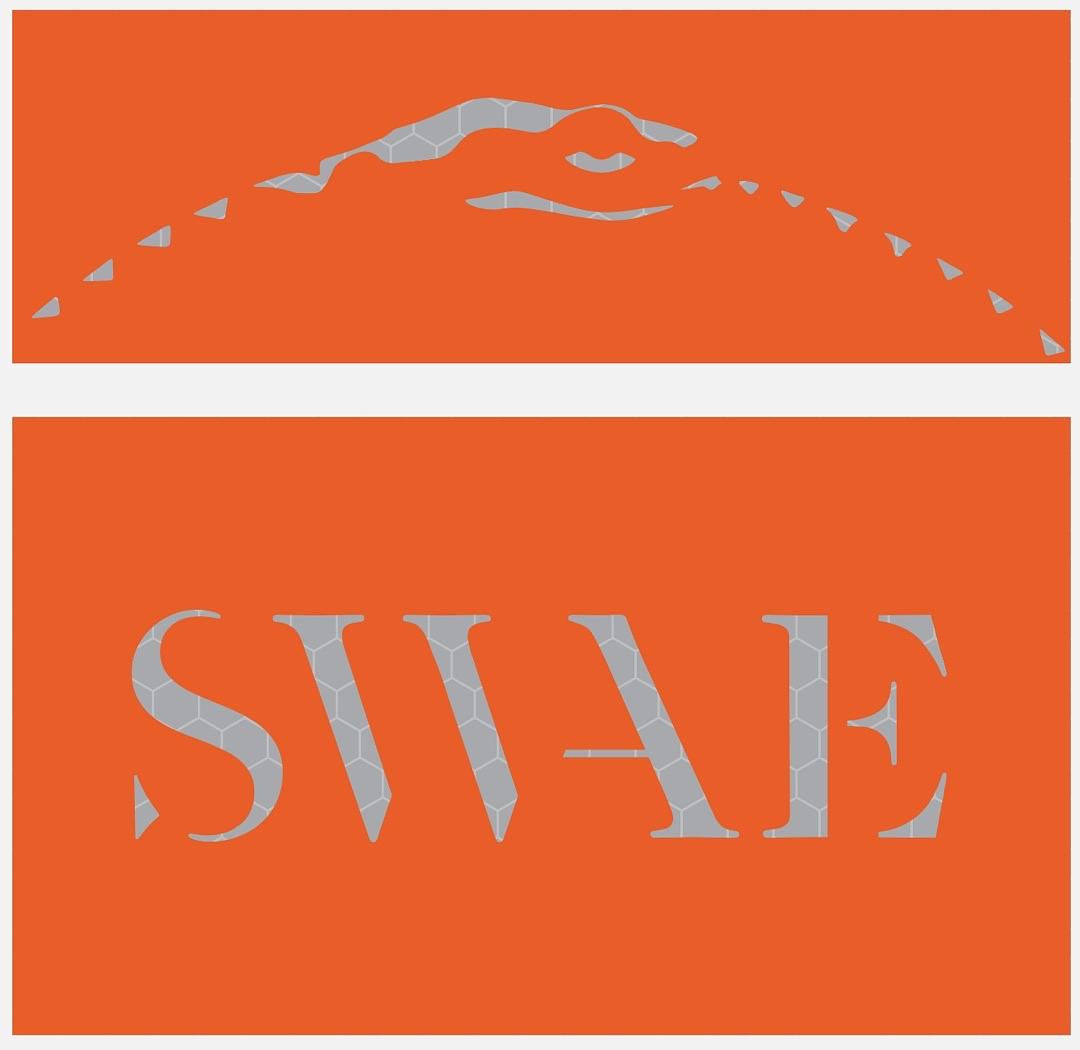Workshop
GOING FLAT OUT: THE WORLD OF RALLY RACING
Dirt flies through the air as man and machine meld into perfect symmetry while drifting another breathtaking curve. Mere inches stand between complete oblivion over the precipice as the engine's hum fills the vast fields in all directions. It signals the welcome of our Rally3 - Subaru Impreza WRX STI 07' to the SWAE fleet. While the excitement is palpable to get this speed demon in the dirt, the story of rally car classes and the origin of this sport is worth a deeper look.
Rally racing is the motorsport of all motorsports, where a driver and navigator (sometimes called a co-driver) fly down a closed course going flat out as fast as possible. The race is against a stopwatch, not any other cars, and for good reason. The course is a very narrow one-lane typically consisting of a dirt road but also gravel or snow. Pavement in these races is a rarity. So how did people get started flying down one-lane country roads at speeds of 50-70mph on hairpin turns?
It may be shocking to learn that rallying has a history of over 100 years and that the first motorized race of any kind was done in rally format. In 1894, the Paris - Rouen Race, with 25 participants paying 10 Francs to race 123 km (76m) across the rolling hills of 19th-century France. Count Jules Felix Philippe Albert de Dion was able to complete the trek in 6 hrs 48 mins, coming in first with a blistering average speed of 11.18mph. Sadly, Dion was disqualified as his steam-powered car did not meet the requirements, thus anointing George Lemaitre as the official winner. It shows that since the very beginning, the distinction of vehicle specifications have made all the difference in rally cars.
Over the next 70 years, rally races would continue to be held across greater Europe. The Monte Carlo racing event is famous for its first usage of the word "rally" to describe a timed distance race from one community to another. In 1973 the World Rally Championship (WRC) was organized to formalize these events to crown a true international champion. The WRC continues to crown a manufacturer and driver yearly through 12 rallies across four continents and 13 countries.
"Straight roads are for fast cars, turns are for fast drivers" - Colin McRae
Rally racing is organized into different classes to help ensure fairness across types of vehicles. You have two-wheel drive (Rally4 and Rally5) and four-wheel drive (Rally1,Rally2, and Rally3). These classes can be further broken down with some being based on Performance (Rally2 and Rally4) and others based on Access (Rally3 and Rally5). The most elite level is Rally1, formerly known as WRC Class. This description is, however, a massive oversimplification, so for a full rundown of the Fédération Internationale de l'Automobile (FIA) or Rally Pyramid, refer here to see which cars sit in which class.
Overall, the world of rally racing is a massive sport spanning decades of vehicles and champions. With the technical prowess needed behind the wheel and the bravery required to sit steady while ripping around corners as fast as a car can, there is nothing like a rally race. Although this Subaru WRX may be a small step towards the rally world and not anywhere near the world-class vehicles in Rally1, SWAE is ecstatic to live out some more of our automotive dreams. Stay tuned - we're sure to kick up some mud and snow soon.
Featured Fit:
Trevin inspects the WRX before a lap in the SWAE Logo hoodie.




















